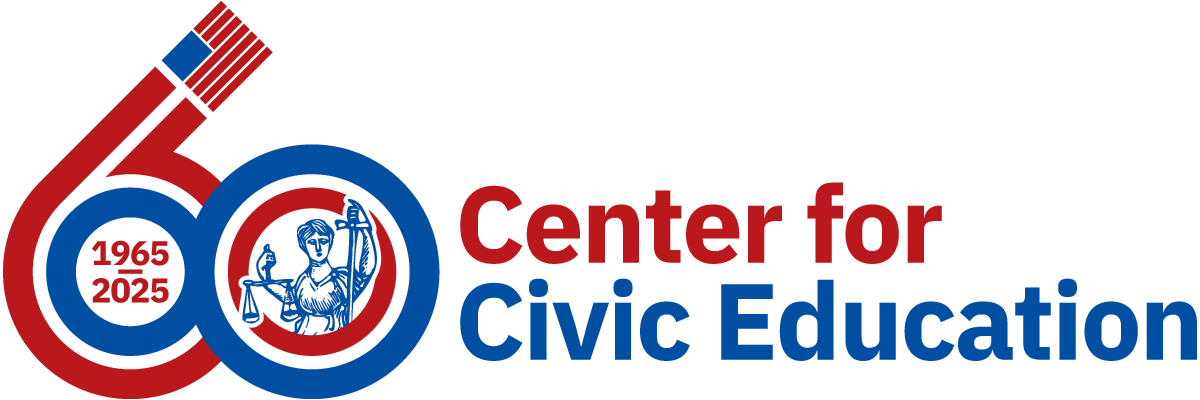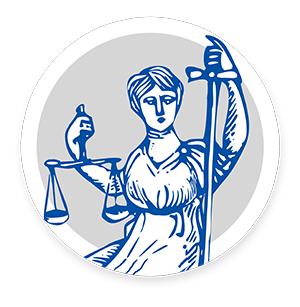| LESSON PLAN - Day 2 |
| ENGAGE: ACTIVATE PRIOR KNOWLEDGE |
DIFFERENTIATION |
- Display the cover image of the biography titled Martin’s Big Words: The Life of Dr. Martin Luther King, Jr.
- Ask students to make a prediction of what the author means by ‘big words.’
- Inform students that we will enjoy a read-aloud of this biography using Martin's Big Words: The Life of Dr. Martin Luther King, Jr. read by Jeff Perry
- Ask students to collect the ‘big words’ on a list as they listen to the story.
- After completing the read-aloud, encourage students to share their collection of big words.
- Ask students to identify which words Dr. King used to lead the Civil Rights movement.
|
UDL
- Pause the video, as needed, allowing students additional time to create their ‘big word’ collection.
- Utilize closed captioning when viewing videos or access the Show Transcript feature (when viewing through the YouTube platform) if needed.
- Consider creating an anchor chart to collect and identify ‘big words.’
- Allow sufficient wait time for students to formulate answers.
- Consider allowing students think-pair-share time to formulate answers.
ELL
- Explore subtitle options to change language when viewing videos through YouTube.
|
| EXPLORE: GUIDED/OPEN INQUIRY |
DIFFERENTIATION |
- Ask students to identify any monuments or memorials that are located on the National Mall in Washington, D.C. Answers may include the Washington Monument, the Lincoln Memorial, the Jefferson Memorial, and/or the Martin Luther King, Jr. Memorial.
- Ask students why we make monuments and memorials? Lead a brief discussion explaining that monuments and memorials are often built to honor the legacy of individuals, recognize achievements, and/or acknowledge significant moments in history.
- Display an image of the Martin Luther King, Jr. Memorial in Washington, DC.
- Ask students why we have a memorial to Dr. King in our nation’s capital. Help students to understand Dr. King is honored for his sacrifice and achievements like other influential American leaders (Ex: Washington, Lincoln, Jefferson).
- Introduce today’s supporting question, “What accomplishments were achieved & what obstacles were faced by Dr. King?”
- Ask a student to rephrase the supporting question for the class.
|
UDL
- Allow sufficient wait time for students to formulate an opinion.
- Consider allowing students think-pair-share time to formulate answers.
- Ask students to provide synonyms or examples of accomplishments and obstacles.
ELL
- The supporting question could be translated or provided as an audio file.
|
| EXPLAIN: DISCUSS & SHARE |
DIFFERENTIATION |
- Allow students to make predictions about the accomplishments achieved and obstacles faced by Dr. King.
- Share this MLK Keep Moving quote.jpeg with the students.
- Tell students that Dr. King included this line in a speech that he gave at Spelman College in 1960 (a historically Black college).
- Lead a brief discussion on the possible meaning of this quote, which may include encouraging students to never to give up and keep fighting for what they believe.
- Tell students you will now explore how Dr. King kept fighting for his beliefs.
|
UDL
- Allow sufficient wait time for students to formulate an opinion.
- Consider allowing students think-pair-share time to formulate answers.
- Display quote visually, if needed.
ELL
- Quote could be translated or provided as an audio file, as needed.
|
| ELABORATE: APPLY NEW LEARNING |
DIFFERENTIATION |
- Using your routine strategy for setting up groups, divide the class into three groups and assign students to one of the three investigations.
- Tell students we will now explore Dr. King’s actions and several events during the Civil Rights Movement by conducting a primary source investigation. The three investigations include:
- Students will utilize the Keys to the Investigation graphic organizer to collect evidence as they investigate their assigned topic.
- Preview the Keys to the Investigation graphic organizer together to ensure students understand the purpose and expectations.
- Direct students to take their time to examine each slide in their assigned investigation. Students should explore the links provided and read the source descriptions below each slide.
- Provide students with ample time to explore their assigned investigation. Note that each slide deck includes video/audio clips, so student headphone use is ideal.
- Encourage students to collaborate with other students assigned to their topic as they conduct their investigations.
- Circulate the room encouraging each group, observing progress, and redirecting as needed.
- Return class to full group format to briefly discuss key moments in each of the investigations.
|
UDL
- The teacher may wish to model how to conduct the primary source investigation with one of the three topics.
- Utilize closed captioning when viewing videos or access the Show Transcript feature (when viewing through the YouTube platform, if needed.
- Consider allowing students to utilize a speak-to-type feature to record their answers on the graphic organizer.
- Utilize a text reader function when needed.
ELL
- Explore subtitle options to change language when viewing videos through YouTube.
Extension
- If time allows, students could explore one of the other two investigations.
|
| EVALUATE: ASSESS & AUTHENTICALLY ENGAGE |
DIFFERENTIATION |
- Congratulate the young scholars on conducting today’s investigation.
- Revisit today’s supporting question, “What accomplishments were achieved & what obstacles were faced by Dr. King?”
- Students will now use the Tip the Scales assessment tool to identify whether the events they investigated were accomplishments or obstacles in Dr. King’s life.
- Encourage students to collaborate with other students.
- Students should refer to their completed Keys to the Investigation organizer to guide their decision about where to place evidence on the scale.
- Conduct a class discussion about how students evaluated each event. Prompt students to share their reasoning for where they placed the evidence on the scale.
|
UDL
- The teacher may wish to model how to use the assessment tool.
- Consider allowing students to utilize a speak-to-type feature to record their answers on the assessment tool.
|





